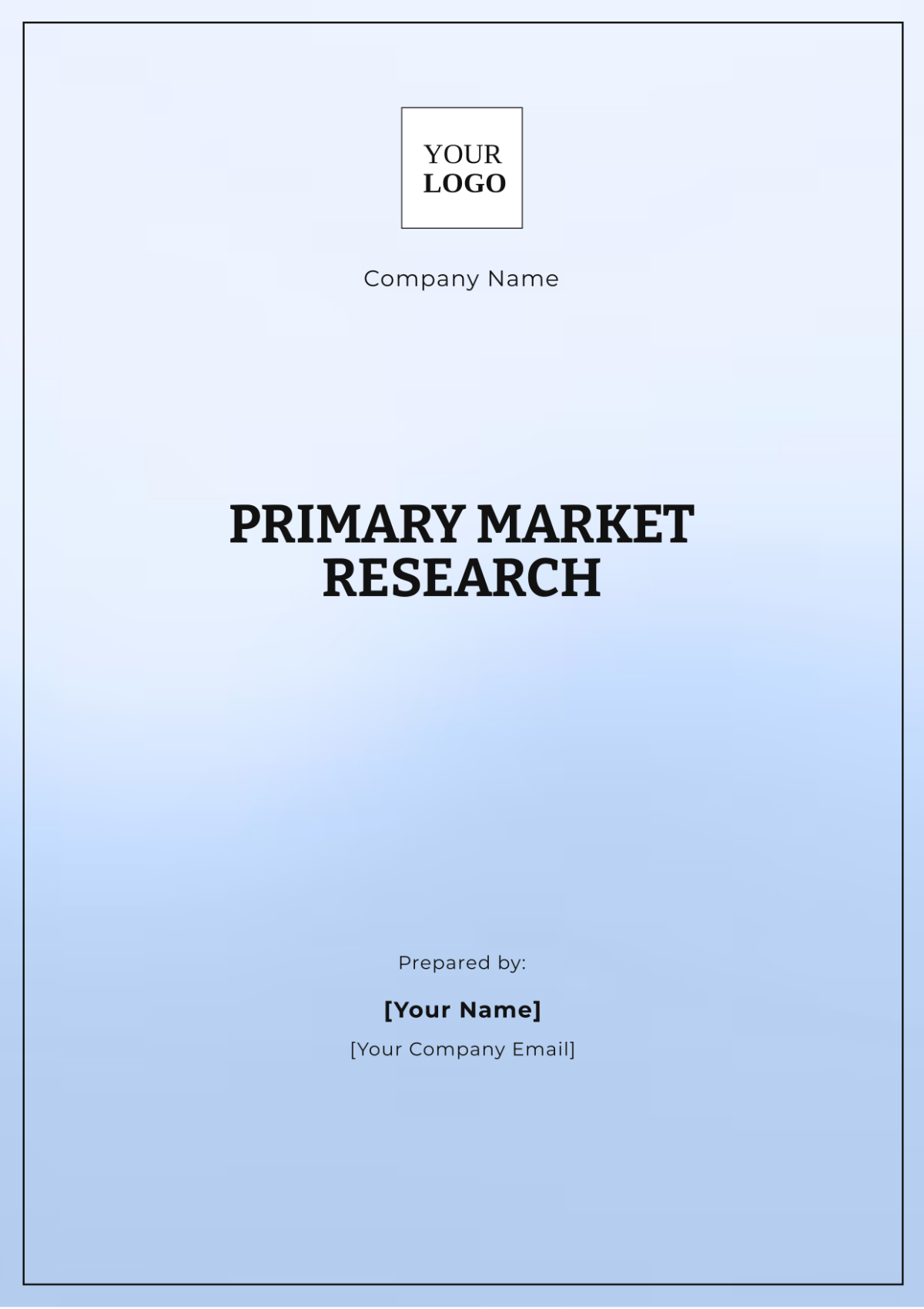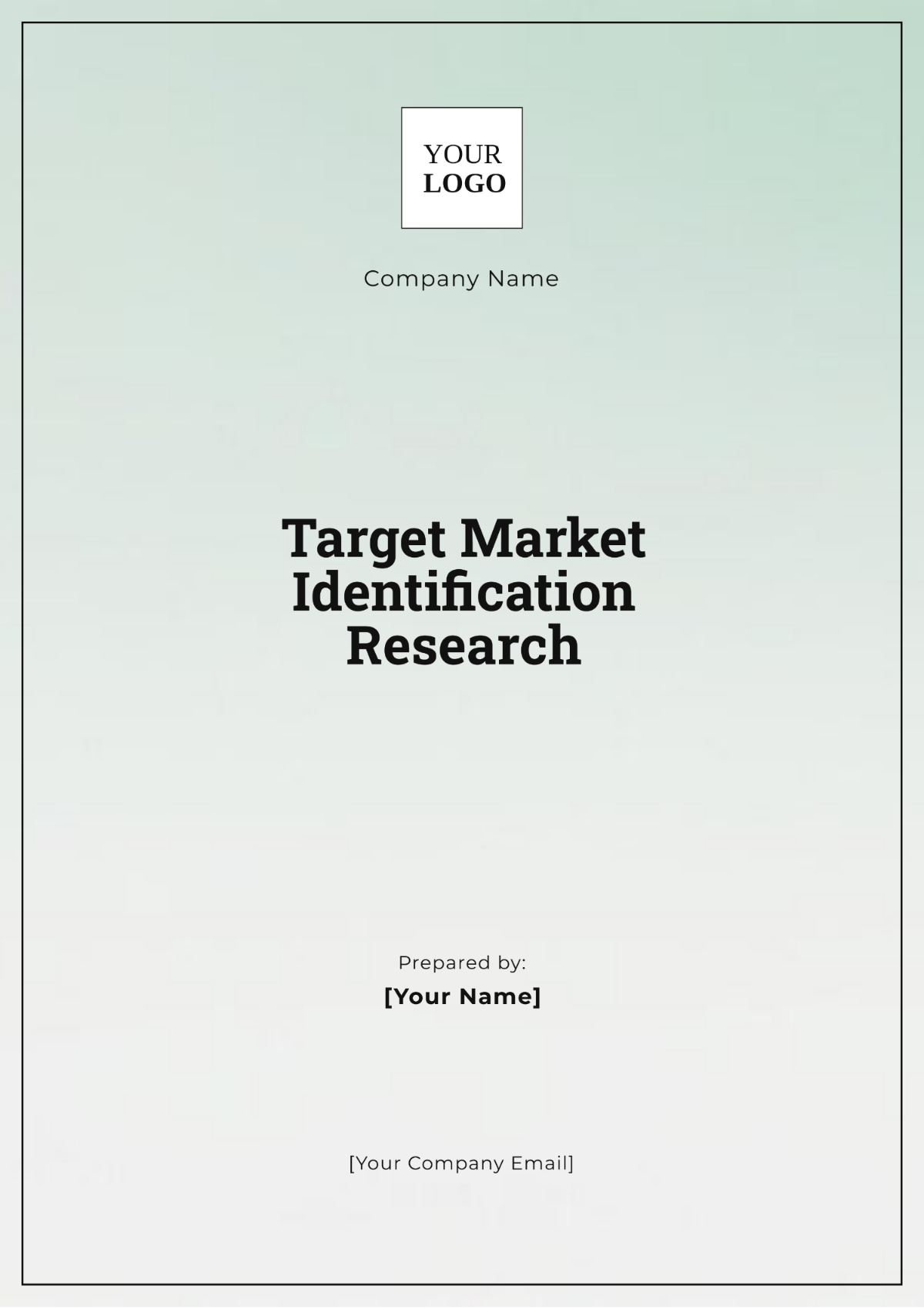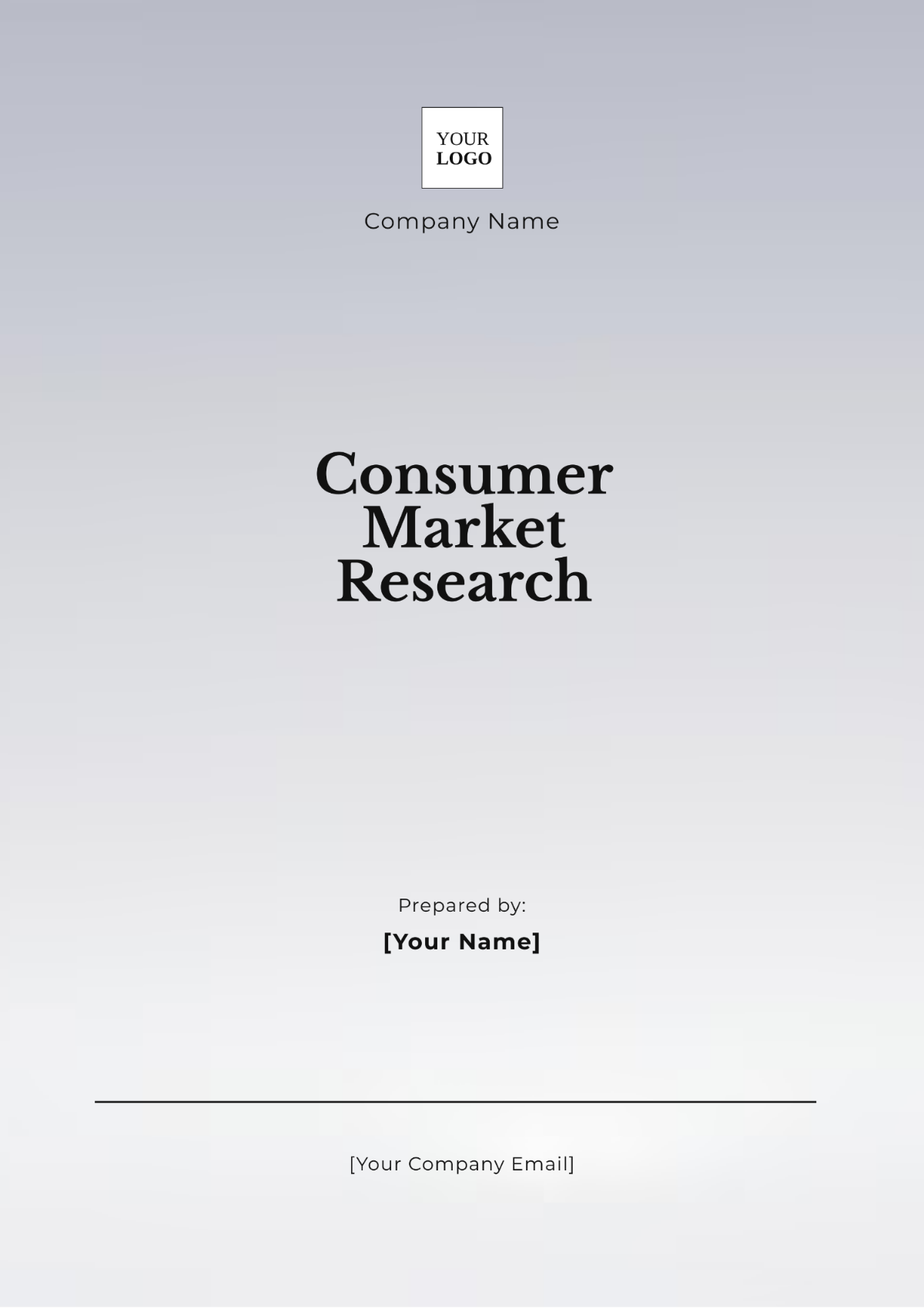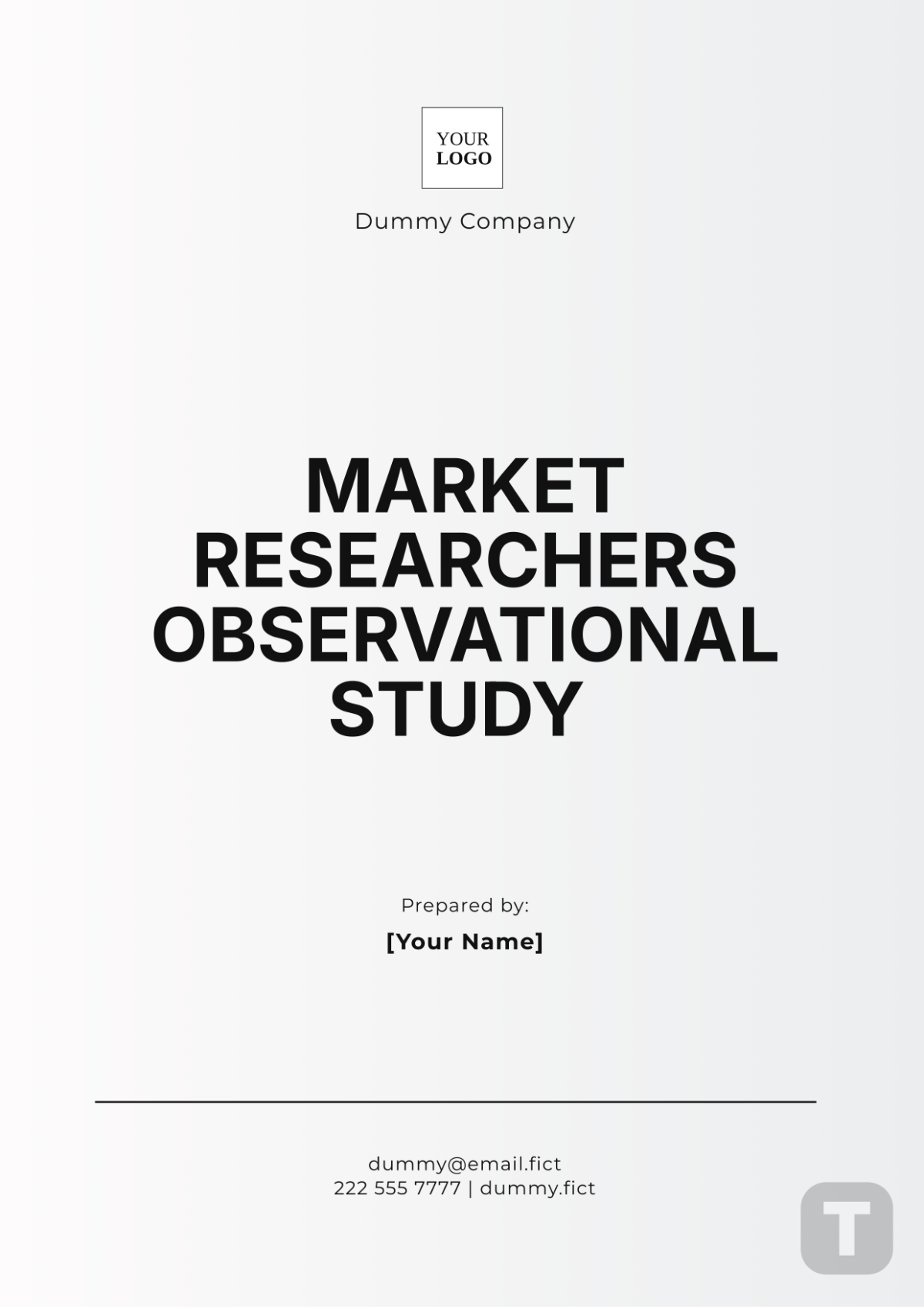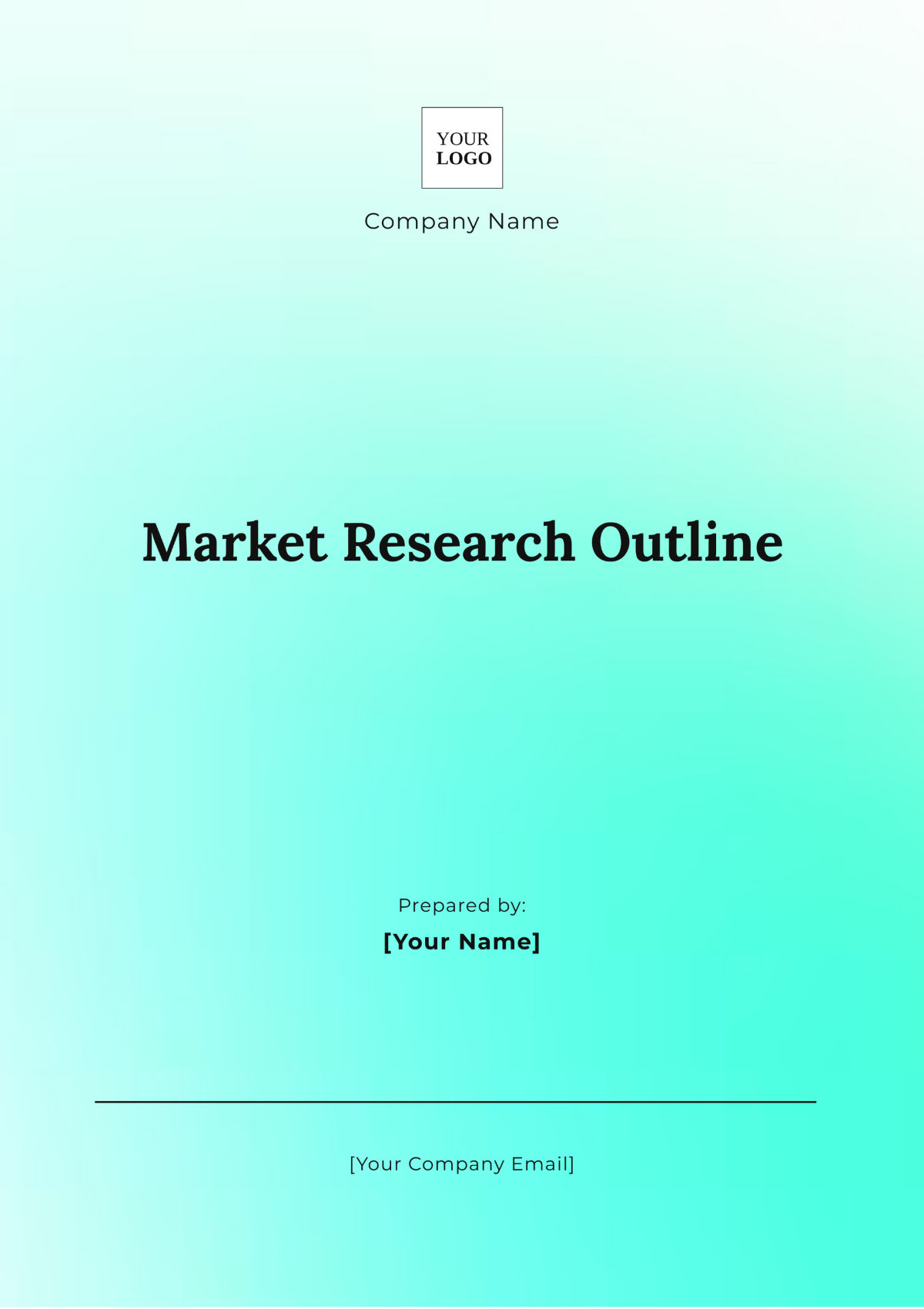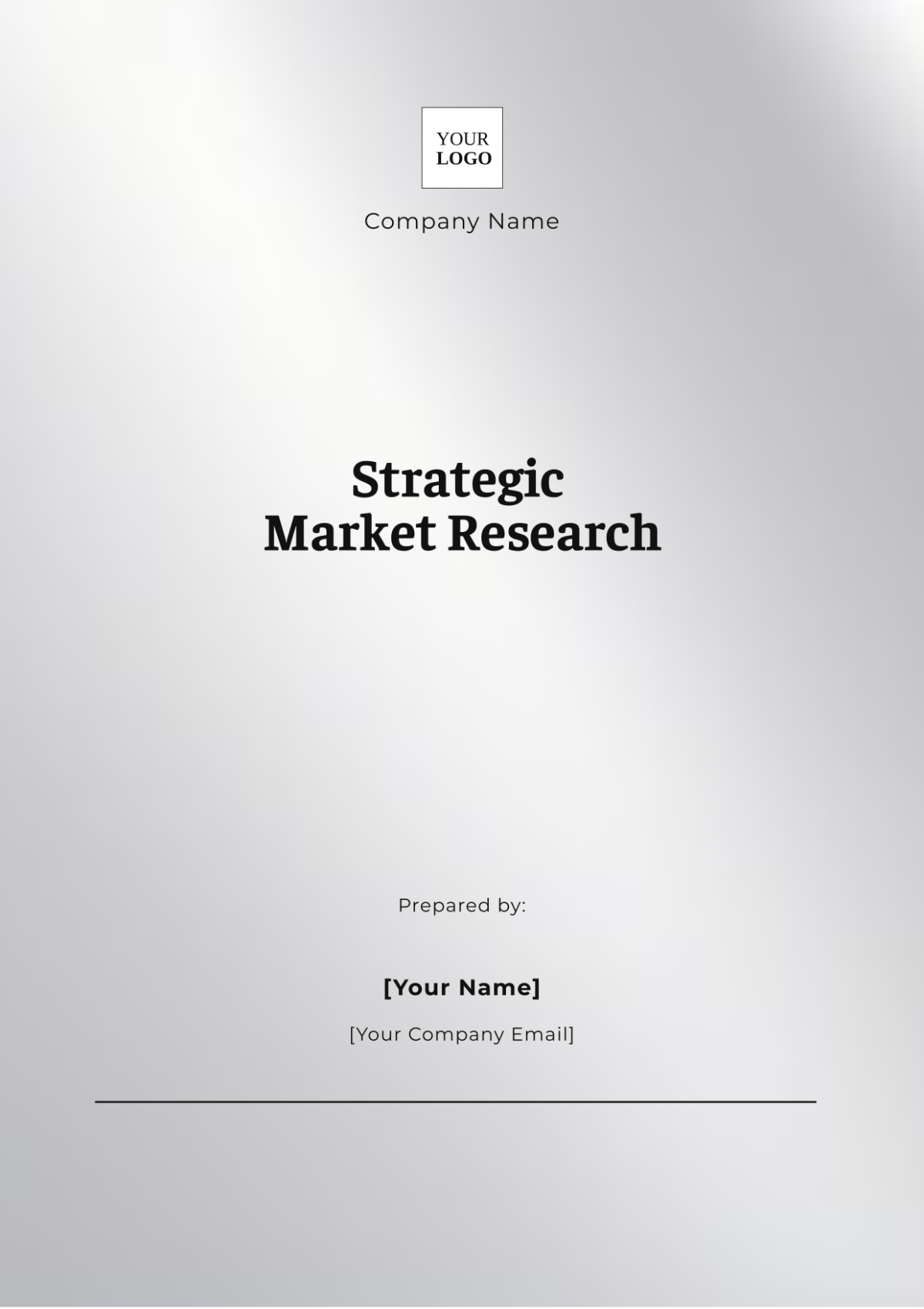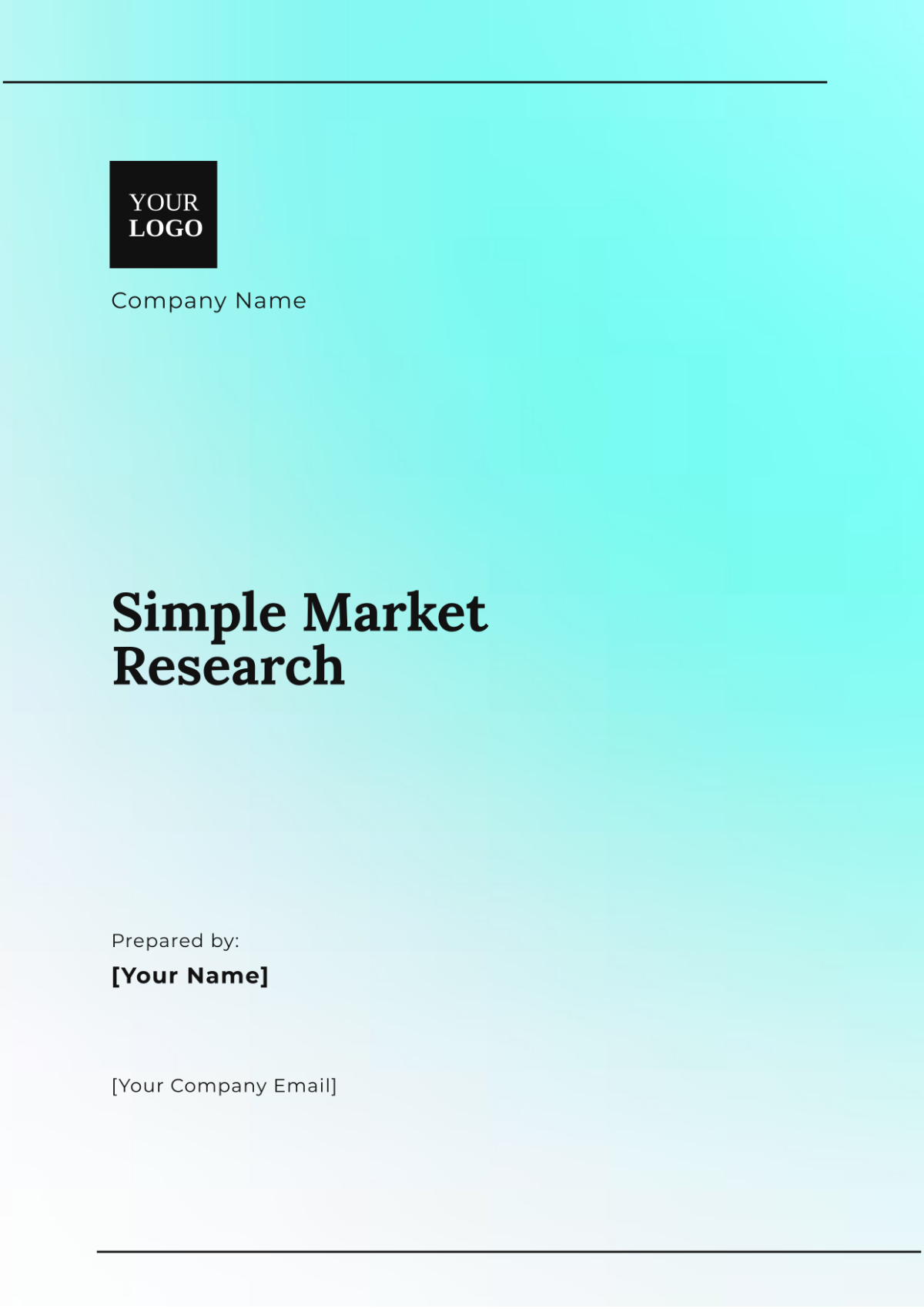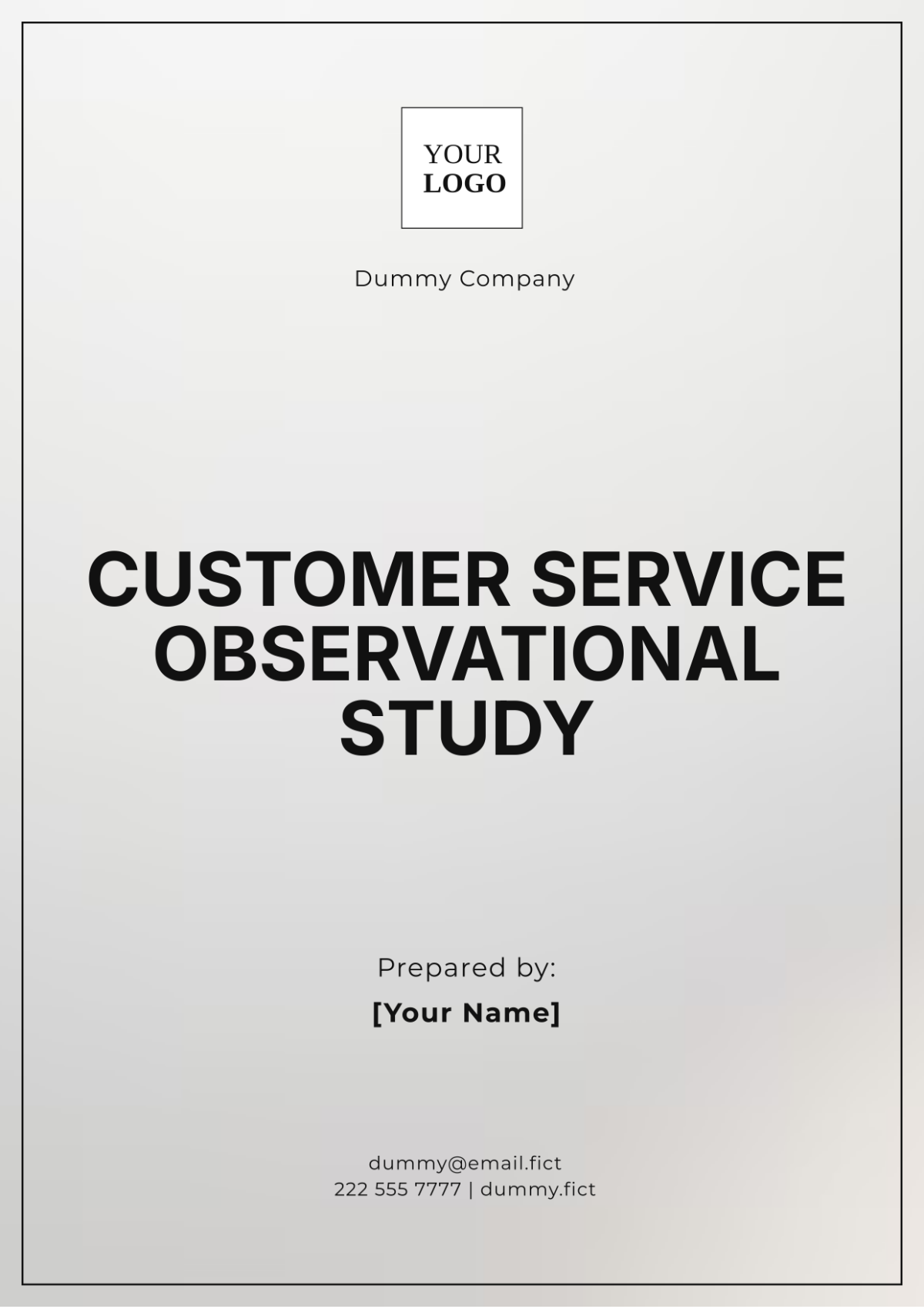Marketing Social Media Analytics Research
I. Introduction
A. Background and Purpose
Social media platforms have become crucial for contemporary marketing strategies, offering businesses direct access to engage with their target audiences. This research aims to analyze social media analytics to assess the effectiveness of marketing campaigns and provide actionable insights. By understanding performance metrics, brands can refine their strategies to maximize reach and engagement.
B. Research Objectives
The principal aim of the research conducted by [Your Company Name] is to thoroughly assess the performance of social media campaigns across a spectrum of different platforms, with a particular emphasis on the rates of engagement and the nature of audience interactions. The study seeks to answer several specific questions, including identifying the primary factors that drive user engagement and determining how the insights gained can be utilized to improve future marketing strategies. Ultimately, this analysis strives to uncover these valuable insights, which will in turn, inform and guide strategic adjustments to enhance the effectiveness of our marketing endeavors going forward.
C. Scope of the Research
The research encompasses an extensive array of data collected from several prominent social media platforms, including but not limited to, Facebook, Twitter, Instagram, and LinkedIn. The specific period under investigation spans from [Date] through [Date]. This chosen timeframe permits researchers to conduct a thorough evaluation of the most recent trends and seasonal fluctuations in social media activity. By focusing on these six months, the study aims to offer a detailed and expansive perspective on the current performance of social media marketing. Additionally, the research intends to identify and analyze emerging trends within this dynamic landscape, thereby providing valuable insights into the ever-evolving domain of social media marketing.
II. Methodology
A. Data Collection
Data was meticulously gathered utilizing the inherent analytics tools provided by each individual platform. These tools encompass Facebook Insights for Facebook, Twitter Analytics for Twitter, Instagram Insights for Instagram, and LinkedIn Analytics for LinkedIn. Furthermore, to capture a more extensive range of data that surpasses the metrics limited to individual platforms, additional third-party social media listening tools were employed. These third-party tools are instrumental in collecting broader sentiment and trend data. Integrating data from these multiple sources guarantees a thorough and all-encompassing understanding of social media performance.
B. Data Analysis
The analysis was centered around key performance indicators, often abbreviated as KPIs. These indicators included various metrics such as engagement rates, which measure the level of interaction with the content; reach, which denotes the total number of unique users who have encountered the content; impressions, representing the total number of times the content was displayed; and audience demographics, which provide detailed information about the characteristics of the audience such as age, gender, location, and other relevant factors. Advanced analytical techniques, including trend and sentiment analysis, were used to uncover patterns and measure campaign effectiveness. This approach provided detailed insights into user behavior and content performance, aiding in informed decision-making for future strategies.
C. Limitations
The scope of the research is constrained by several factors, chief among them being the potential inaccuracies present in data reporting. This issue stems from the fact that social media platforms frequently update their metrics and analytics tools, which can lead to inconsistencies in the data collected over time. Moreover, the user-generated content that forms the basis of much of the analysis in this research may inherently introduce various biases. These biases can, in turn, impact the reliability of techniques such as sentiment analysis that are used to interpret this content. Given these conditions, it is imperative to recognize and account for these limitations in order to accurately interpret the research findings. This awareness is equally important for formulating well-informed recommendations based on the data.
III. Social Media Performance Overview
A. General Metrics
The detailed analysis uncovered a significant 15 percent increase in overall engagement rates. This uptick was particularly noticeable during specific promotional campaigns that were strategically targeted. Additionally, the analysis revealed a 20 percent growth in both reach and impressions, signifying enhanced visibility and broader audience exposure. These observed metrics strongly suggest that the current marketing efforts are exceptionally successful in not only capturing the attention of users but also in driving higher levels of interaction.
B. Audience Insights
Audience demographics indicate a notable rise in engagement levels among individuals who fall within the 18-24 age range, thereby underscoring a burgeoning impact of younger audiences. Detailed behavioral analysis reveals that this particular demographic shows a clear inclination toward content that is visually engaging and incorporates interactive elements, such as polls and quizzes. Grasping these specific preferences is crucial for adjusting and refining content strategies in order to more effectively connect with and captivate the intended audience.
IV. Platform-Specific Analysis
A. Facebook
According to the metrics provided by Facebook, there was a remarkable 25% increase in engagement rates on the platform. This growth in engagement was primarily driven by the success of video content and user-generated posts. Specifically, the campaigns that featured high-quality visuals and interactive elements, such as live videos, experienced the highest levels of interaction. These findings indicate that a strategic investment in producing engaging video content can substantially improve the performance of campaigns on Facebook.
B. Twitter
A comprehensive analysis of Twitter’s analytics has demonstrated a significant rise in tweet engagement, with an impressive 10% increase observed. The data indicated that tweets containing hashtags pertinent to trending topics garnered the highest levels of interaction from users. Additionally, the implementation of interactive features, including but not limited to polls and real-time conversations, has been highly effective in enhancing user engagement on the platform. By strategically employing these interactive tools, it is possible to foster more dynamic and engaging interactions among Twitter users, subsequently driving greater overall engagement on the social media platform.
C. Instagram
Instagram's performance experienced a significant improvement, marked by a 30 percent increase in user engagement. This upsurge was especially notable with features like Stories and carousel posts. The use of high-quality visuals, alongside short-form videos, was particularly effective in capturing user interest and generating the most significant interaction. This trend underscores a strong user preference for visual content. Therefore, investing in creative and visually appealing material can substantially enhance both engagement and reach on the Instagram platform.
D. LinkedIn
LinkedIn demonstrated steady performance, showing a 5% increase in user engagement. This improvement was primarily attributed to the platform's focus on professional content, which included industry insights and thought leadership articles. The audience on LinkedIn was particularly receptive to content that offered significant professional information and facilitated networking opportunities. These observations indicate that for marketing efforts on LinkedIn to be successful, it is crucial to consistently emphasize professional relevance.
V. Campaign Analysis
A. Overview of Campaigns
The research undertook an evaluation of three significant campaigns, namely the Spring Launch, the Summer Sale, and the End-of-Year Review. Each of these campaigns was characterized by its own unique set of objectives. The Spring Launch was designed with the primary goal of enhancing brand awareness among the target audience. In contrast, the Summer Sale was centered around the objective of driving direct sales, aiming to increase immediate revenue through promotional activities and discounts. Meanwhile, the End-of-Year Review had its own distinct purpose, which was to provide a comprehensive summary and highlight the accomplishments achieved over the course of the year. By gaining an understanding of the specific goals and components that defined each of these campaigns, one can gain valuable context that is essential for accurately assessing their respective performances.
B. Performance Evaluation
The Spring Launch campaign surpassed anticipated outcomes by achieving a remarkable 40% increase in user engagement. This success was largely due to the campaign’s creative incorporation of interactive content and the strategic utilization of user-generated posts. In contrast, the Summer Sale campaign saw a significant 20% rise in click-through rates, clearly proving the efficacy of its direct response strategies. However, the performance of the End-of-Year Review campaign was less encouraging. Although it managed to reach a wide audience, it experienced lower levels of engagement. This shortfall suggests that future campaigns of a similar nature may benefit from the development of more engaging and compelling content to better capture and sustain audience interest.
C. Comparative Analysis
A thorough comparative analysis reveals that the Spring Launch campaign yielded the most impressive results on Instagram, primarily due to the successful implementation of visual storytelling techniques that significantly boosted engagement. In contrast, the Summer Sale campaign showed the highest effectiveness on Facebook, where the strategic use of targeted advertisements considerably enhanced click-through rates. Lastly, the End-of-Year Review campaign demonstrated diverse outcomes across different social media platforms, underscoring the necessity for developing content strategies tailored to each specific platform in order to optimize overall performance.
VI. Trend Analysis
A. Emerging Trends
In recent times, a noticeable pattern has emerged indicating that there is an ever-increasing interest and inclination towards short-form video content among consumers and content creators alike. This trend is particularly evident on popular social media platforms such as TikTok and Instagram Reels, which have been at the forefront, championing the creation, sharing, and consumption of these brief yet engaging video snippets. Content is increasingly personalized and interactive, with quizzes and AR experiences to engage users. Consumers are also more conscious of sustainability and ethics, influencing brands to align their messaging and practices with these values.
B. Predictive Insights
Looking ahead, it is anticipated that AR and virtual reality (VR) will play a larger role in social media marketing, offering immersive experiences that drive user engagement. Artificial intelligence (AI) and machine learning will likely enhance content personalization, allowing brands to deliver highly targeted messages. Adapting to these emerging technologies and trends will be crucial for maintaining competitive advantage and engaging audiences effectively.
VII. Recommendations
A. Strategy Optimization
In order to optimize content strategies, it is essential to concentrate on developing content that is not only more interactive but also visually appealing, ensuring that it is specifically tailored to leverage the unique strengths and characteristics of each platform. To further refine these strategies, it is crucial to utilize data-driven insights, which play a significant role in honing targeting efforts and personalizing messaging. This approach will heighten the relevance and engagement of the content with the target audience. Additionally, implementing a continuous feedback loop is imperative. This involves regularly using performance data to inform and adjust content strategies, which will contribute to achieving sustained success over time.
B. Platform-Specific Recommendations
For Facebook, you should significantly increase the frequency of video posts. Additionally, you should encourage user-generated content as an effective strategy to boost overall user engagement on the platform. When it comes to Twitter, the focus should be on utilizing trending hashtags and creating interactive polls. These methods are highly effective for driving conversations and increasing user participation. On Instagram, the priority should be on posting high-quality visuals. Utilizing the Story features can further enhance the appeal and engagement of your content. Lastly, for LinkedIn, the content should remain centered on professional insights and thought leadership. This approach will help you maintain high levels of engagement with a business-oriented audience.
C. Long-Term Considerations
Building sustainable engagement involves not only adapting to current trends but also anticipating future changes in the social media landscape. Investing in emerging technologies like AR and AI, while continuously monitoring performance and audience feedback, will ensure that strategies remain effective and relevant. Establishing a proactive approach to content creation and audience engagement will help in navigating future challenges and opportunities.
VIII. Conclusion
A. Summary of Findings
The research highlights a significant increase in engagement and reach across social media platforms, with notable variations in performance based on content type and platform. Key insights include the effectiveness of visual and interactive content, and the growing importance of aligning content with user preferences and emerging trends. Overall, the findings suggest that targeted and dynamic content strategies are essential for optimizing social media performance.
B. Implications for Marketing Strategy
The insights from this research indicate that brands should focus on creating engaging, platform-specific content and leveraging emerging technologies to enhance user interaction. By aligning marketing strategies with current trends and continuously adapting to audience preferences, brands can drive more effective social media campaigns and achieve better overall results.











